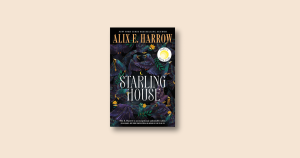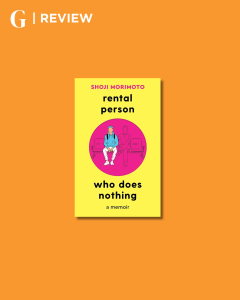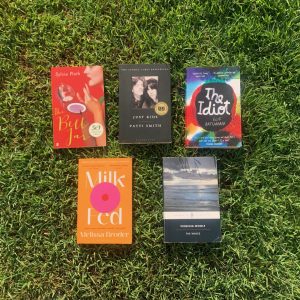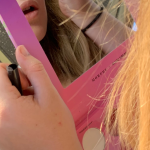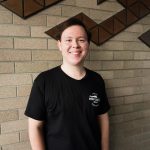Review by Ashton Darracott
Set in one (pick any) of Brisbane’s suburbs, grade 12 student Henry, feet dangling over the edge of the rest of his life, falls in love with his best friend, Len. Post-drunken dare at a house party, Henry must navigate his intensifying feelings for Len against the backdrop of the Australian high school experience of dramatic English monologues, school assemblies, and the anxiety of trying to decide what to do with the rest of his life. However, as much as this book captures the angst of high school crushes, it loses its credibility when it fails to develop its characters or its setting in any meaningful or complex way.
This book’s premise rests on the nerdy-protagonist-and-super-hot-charming-everyone-wants-to-be-them-best-friend trope that many addictive but ultimately vacuous love stories use to prop themselves up. The book is full of the kind of sexual tension and character tropes that the novel reads as if it could have easily been a re-worked alternate-universe fanfiction that first appeared on Wattpad or Archive of Our Own (see: Fifty Shades of Grey, After). While this type of fiction is no less valuable to the literary canon, Henry Hamlet’s Heart has nothing lasting to offer the reader once they have turned the final page. You know how the story ends before it even starts due to the trope and the predictability of the plot.
One gets a sense that the wider aim of the book is to foster a sense of nostalgia in the reader for high school. In reality, the effect of this book is one of visceral relief: a feeling of being immensely, palpably grateful about not having to endure high school anymore, and no longer having to live through the ferocious, hormonal, all-consuming, self-censoring kind of crush on a person that Henry has on Len. And beyond this, reading about Henry doing an English monologue assignment after studying The Great Gatsby likely isn’t interesting for Australian high school students who had very probably already done that exact same assignment themselves.
The dialogue between characters also feels unnatural and obvious at points, and the supporting characters are not fleshed out any more than what they offer to the main storyline: supporting the narrative between Henry and Len. Len’s worryingly verbally and emotionally abusive, and physically threatening father seems to be planted for the sake of the plot, rather than an important theme that Wilde wanted to explore in its own right. It exists to make Len’s otherwise picture-perfect life look more ‘down-to-earth’ when really, the characterisation depicts family violence in its most insidious form: right in front of you, loud and clear. In 2021, using domestic violence as a plot device feels unacceptable.
Details throughout the book seem to have been warped so that they fit the plot, despite not being realistic. How has Henry turned eighteen in the January of year twelve in 2008? Something about two old gay women having a priest officiate their ‘marriage’ (it’s not real as it’s 2008 after all) because one of the two women has ‘dirt’ on the priest (society at large is becoming quite aware of the atrocious ‘dirt’ that priests might be covering up) leaves a sour taste in the mouth. Tokenistic references to MySpace, Metro Station’s Shake It and the Tumblr emo side fringe are the only points that might direct us to a setting in the late 2000s.
Personally, I rejoiced when I saw a contemporary book set in Queensland’s capital. There is a vast body of literature that brings Brisbane to life in its relatively short history. But I was sorely let down when Wilde never dove into the setting, nor allowed Brisbane to become a character in its own right while leaning so heavily on vague yet obvious references to places. For example, after Henry and his friends graduate, they go to an unnamed bridge that people can live in, but never names this as the Walter Taylor Bridge joining Chelmer and Indooroopilly. I can find no reason why Wilde shies away from adding hard details into her setting, but it speaks to a wider trend in her writing of superficiality, almost an evasion of committing fully to her characters and setting.
If a fresh, provocative, and novel story about gay romance is something that readers are after, it’s not in this book. It would make a great beach read, airport layover read, or simply binge in a day on the couch doing nothing. But if readers are looking to get the gay romance effect that this book is going for, they’re better off plonking down on the couch and watching Heartstopper or Love Simon on Netflix. The angst of an overwhelming crush on a best friend will resonate with many readers, but if new generations of Queensland writers are looking for a contemporary Brisbane book to study the craft of writing from, it’s not Henry Hamlet’s Heart.
Glass Media pairs emerging QUT writers, readers, and critics up with new release titles to review and publish on our website. Find more information or to register your interest to review here.

